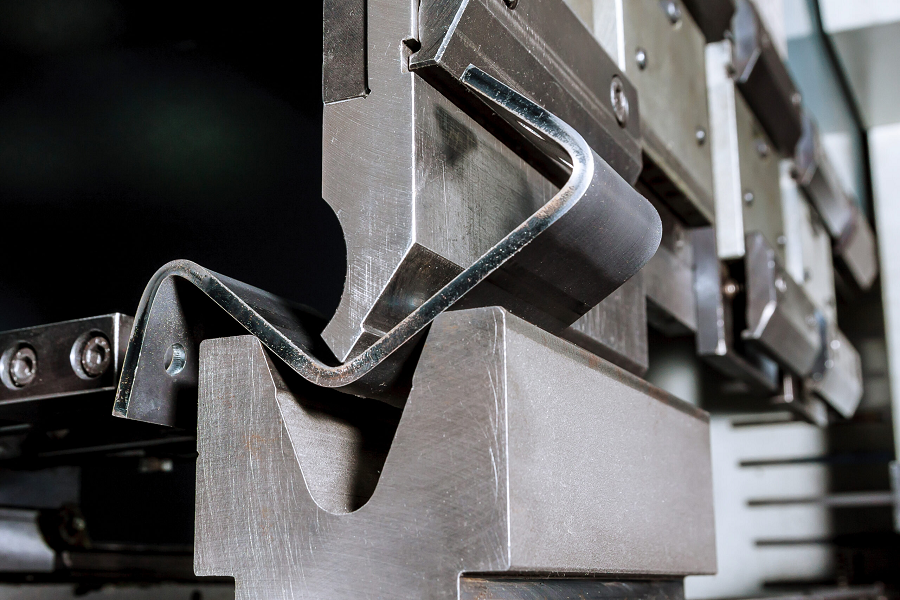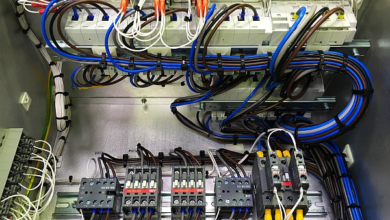The Hidden Power of Sheet Metal Building Strong, Lightweight Designs

In modern construction and manufacturing, sheet metal plays an essential yet often underappreciated role. This versatile material is used in a variety of industries to create strong, lightweight designs that are critical in today’s world of engineering and product design. While the application of sheet metal is vast, its importance cannot be overstated, as it enables the creation of structures and products that are both durable and efficient.
Sheet metal refers to a thin, flat piece of metal that is typically less than 6mm thick. It is made from various metals, such as Sheet Metal, aluminum, copper, and titanium, and can be shaped into a range of forms through processes like cutting, bending, and stamping. This flexibility makes sheet metal an ideal choice for industries ranging from aerospace to automotive, electronics, and architecture.
The Advantages of Using Sheet Metal
Strength and Durability
Sheet metal is known for its impressive strength, especially when made from high-strength materials like steel. Despite its thinness, it can withstand heavy loads and high-stress environments. This makes it ideal for use in applications that require both durability and resistance to wear and tear. In construction, for example, sheet metal is used to create building frames, roofing, and structural panels, all of which need to bear weight while maintaining their integrity over time.
Lightweight Properties
The ability to create lightweight designs without compromising on strength is one of the key benefits of using sheet metal. In industries such as aerospace and automotive manufacturing, reducing the weight of components is essential for improving fuel efficiency and overall performance. Aircraft, for example, require materials that are not only strong but also lightweight to reduce the strain on engines and improve fuel economy. Sheet metal is often the material of choice due to its ability to meet these demands.
Versatility in Design
Sheet metal’s ability to be easily manipulated and shaped into various forms gives designers immense flexibility. Whether it’s for custom architectural panels, precision parts for machinery, or intricate electronic housings, sheet metal can be molded to meet specific requirements. It can be cut into various shapes, welded, stamped, or formed into complex geometries, which makes it suitable for both functional and aesthetic applications.
Cost-Effectiveness
For manufacturers, sheet metal offers a significant advantage in terms of cost-effectiveness. The processes involved in working with sheet metal, such as stamping and laser cutting, are highly automated, which reduces labor costs and increases production speed. Additionally, the material itself is often more affordable compared to other high-strength alternatives like titanium or certain polymers, making it an attractive choice for companies looking to balance quality and budget.
Applications of Sheet Metal in Various Industries
Sheet metal’s versatility makes it ideal for numerous applications. In the automotive industry, for instance, sheet metal is used to create body panels, chassis components, and even engine parts. Its strength and lightness help reduce the overall weight of vehicles, leading to better fuel efficiency and improved safety.
In the aerospace industry, sheet metal is used for aircraft bodies, wings, and engine components. The need for materials that can withstand high levels of stress while maintaining a lightweight profile is critical, and sheet metal fulfills these requirements perfectly.
In construction, sheet metal is employed in structural elements like beams, roofing, and cladding. Its ability to be molded into precise shapes and its resistance to corrosion make it an excellent choice for buildings that need to endure harsh weather conditions.





